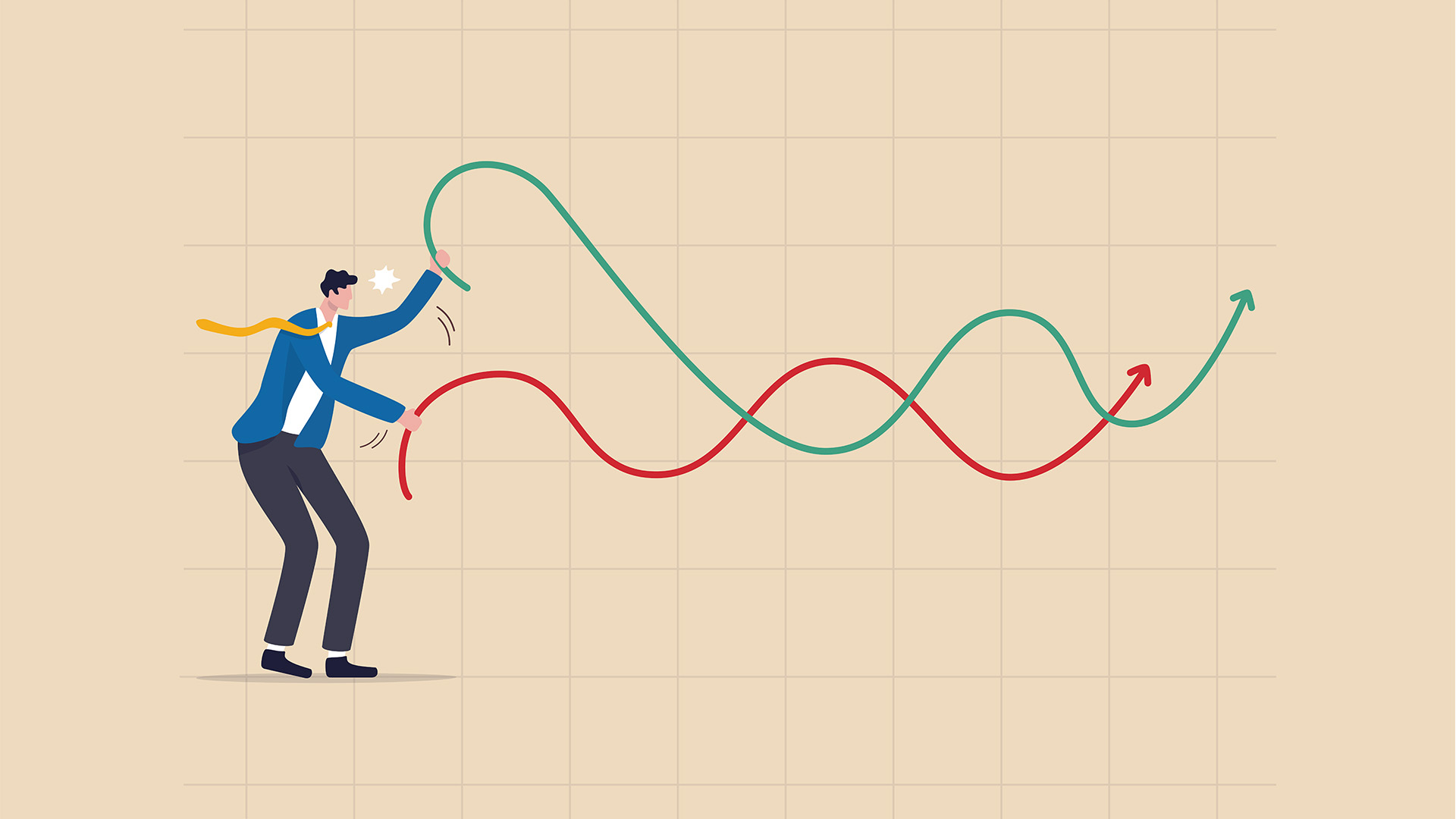In Australia this week will be all about iron ore prices, interest rates, a federal budget and the timing of the May federal election plus the usual start of month economic data.
The Reserve Bank releases its April monetary policy statement tomorrow afternoon at 2.30, five hours before Federal Treasurer, Josh Frydenberg stands to deliver what looks like being the briefest budget in Australian political history.
With Prime Minister Morrison poised to announce a date for the Federal election in May soon after the budget is brought down, the budget’s expected give away tax cuts and other spending will not make it into law if the ALP Opposition converts its opinion polls lead into government at the election.
Labor will bring down its own budget if it wins office, probably in August (which was its traditional timing before moving to May). Labor leader Bill Shorten will give his budget address in reply on Thursday night.
The budget will contain forecasts for a small deficit or surplus this financial year (it depends if the Morrison government grabs back the underspending on the NDIS to reduce the deficit) and a modest surplus in 2019-20.
The AMP’s Dr. Shane Oliver says “The upside of the Australian Government’s Budget strategy is that a budget surplus is within sight after a record 11 years in deficit and the household sector will receive a boost just at the time it needs it given falling house prices and likely rising unemployment.”
“The downside is that the tax cut boost to the household sector will like be small at around 0.5-0.6% of GDP in 2019-20, there is less assurance of a boost to the economy from tax cuts as opposed to “cheques in the mail” or increased government spending.
“The stimulus is unlikely to be enough to head off the need for RBA interest rate cuts,” Dr. Oliver wrote at the weekend.
“The election means greater uncertainty about whether and when the stimulus will actually be delivered and the budget projections will come with a high level of uncertainty as the revenue boost from higher iron ore prices may prove temporary and slower economic growth will weigh on revenue,” he added.
That will be because of soaring iron ore prices – up 19% so far this year and projected to delivery a 21% boost to export income over calendar 2019 to $74 billion in 2018-18 from $63 billion in 2017-18.
The $74 billion estimate if achieved, will be the second highest on record. Iron ore export revenue for 2019-20 is forecast to drop back to just over $66 billion as prices ease.
But that will all depend on Brazil where it is looking more likely that the cuts to production and exports will be greater than forecast and therefore meaning prices could remain higher than expected for longer.
The latest forecast from the Federal Department of Industry’s quarterly resources and energy quarterly has lifted the Australia iron ore price (on a FOB or free on board basis) to average US$67 a tonne in 2019, following significant Brazilian mine closures — due to the Brumadinho dam collapse in that country.
That’s up from an average of $US62.60 in 2017-18.
The 2018-19 budget forecast was $US55 a tonne, hence the expected rise in tax revenues in tomorrow night’s budget.
Coking coal export prices have also been stronger, along with much stronger LNG exports, especially into China, Japan, and Korea, although with the end of winter, the positive pressures there will fade.
As a result, Australia’s real iron ore export earnings are forecast to increase from $63 billion in 2017–18 to $74 billion in 2018–19.
But before then there’s the RBA board meeting tomorrow which is expected to sit on rates for a 32nd month in a row (or 29th board meeting since the last move – the cut to the present 1.50% in August 2016).
The AMP’s chief economist, Dr. Shane Oliver says that “while most economic data has been soft over the last month and there is a case to cut rates now to avoid having to do more later, the RBA still appears to be reasonably upbeat on the outlook, the further fall in the unemployment rate to 4.9% has arguably given it a bit more breathing space and it probably wants to see what sort of fiscal stimulus comes out of the budget and the election.”
“Ultimately, we see the RBA cutting rates but the first move looks unlikely to come until around June or July,” Dr. Oliver forecast in his weekend note.
Meanwhile, on the data front, there’s the monthly CoreLogic house price data later today which is expected to show another fall in house prices for March, the March NAB business survey (also later today, ahead of the budget) will is expected to again to show continued softness in conditions and confidence.
February building approvals (tomorrow) to show a small fall, February retail sales 1.5%, retail sales to rise 0.2% and the trade surplus (both Wednesday) to fall back to around $4 billion.
Various business conditions PMIs will also be released today and later in the week. Car sales data for March and the first quarter are also due for release later in the week.













